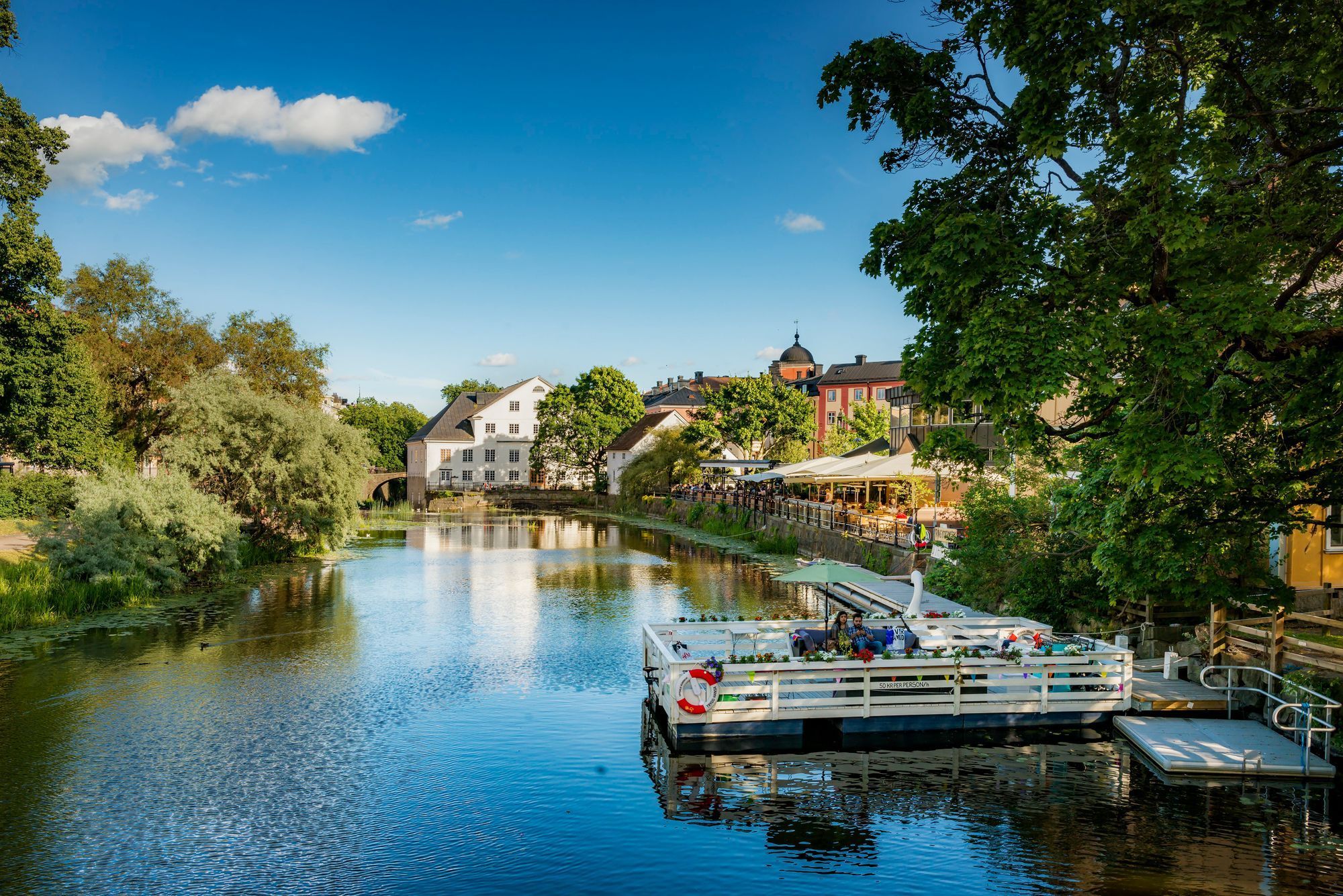Next heatwave coming? Protect water resources by water measurements
During the heatwave in 2018, Europe was hit by dried-up rivers and large fish kills. How can water measurements help to protect rivers and lakes?
The massive heatwave that hit Europe in 2018 was a shock for everything. A shock for people who, faced with the consequences of climate change, were unable to get respite for weeks from daily temperatures of 30°C/86°F and more.
And a shock for nature, which suffered major damage resulting from a continuous drought. Not only forests and plants, but also animals and insects struggled with the lack of water.
The places where you typically find freshwater resources, rivers and lakes, suffered from the painful impacts of the heatwave. Almost every day local and international media carried news of dried-up rivers and large fish kills.
The moment when the heatwave was over felt like a relief. Nevertheless, environmentalists, authorities responsible for surface water protection and fish farmers are worried about similar heatwaves reoccurring in the future.
The great advantage of information: water measurements are valuable indicators
Returning to the facts: the reason why heatwaves must be considered as a serious threat to natural resources like rivers and lakes is the susceptibility of water and aquatic life to them.
The two parameters that are massively influenced by seasonal changes are the water temperature and the concentration of dissolved oxygen. Whenever the air temperature rises, water will slowly become warmer too.
As the water temperature rises the solubility of oxygen in it decreases. It goes without saying that warm water that hardly contains dissolved oxygen does not form a good environment for aquatic animals and plants.
Depending on type, most fish have a very restricted ability to withstand widely varying temperatures. As a result, the fish search for cooler temperatures in deep water, which leads them away from their usual surroundings.
And as their survival is totally dependent on dissolved oxygen in water, fish quickly suffocate when levels of it drop too low. Aquatic plants also react to seasonal influences such as sunlight, triggering photosynthesis.
Again, fish health will be affected by phytoplankton activities, since photosynthesis influences the concentration of dissolved oxygen. In addition, extreme phenomena like algal blooms can poison water entirely.
To sum up, aquatic biotopes are sensitive to temperature changes and entire ecosystems can be in danger whenever parts get of out of balance and trigger chain reactions.
As water temperature changes far more slowly than air temperature, however, continuous observation of water temperature trends can deliver highly relevant insights. Therefore, researchers and authorities alike are increasingly turning to surface water measurement, in order to evaluate the condition of rivers, ponds and lakes.
What are the benefits of surface water measurement?
Surface water is a valuable resource that needs protection – particularly when it’s threatened by long lasting droughts.
That’s why it has become an important task for environmentalists and authorities to take care of the condition of local rivers and lakes. In particular, water that is accessible to the public needs to be supervised in order, for instance, to prohibit swimming before it is too late.
One possibility is to initiate water measurements whenever a heatwave is forecast. To achieve a deeper analysis of trends and risks, however, it is of course far better to make water measurements on a long-term basis.
Being informed of rising temperatures as early as possible enables authorities and environmentalists to undertake countermeasures. In order to protect fragile fish species extended basins can be dug, cool water can be added at specific locations or fish living in small ponds can be caught and released into larger bodies of water.
In 2018, this was often done locally to avoid fish kills. Should the water temperature already have reached about 26°C/79°F, you are battling against time. That’s what makes continuous water measurements so incredibly valuable.
What kind of water measurements are used today?
Many authorities have already set up on-site thermometers for surface water measurement. However, smart water measurements solutions that offer intelligent connectivity and permanent accessibility of data are not yet so widespread. But it is exactly these smart technologies that can help combine several water measurement parameters to give a broader view of future trends and possible dangers.
For instance, the measuring technology expert Endress+Hauser offers a smart solution for water measurement: the Netilion Smart System for Surface Water. This solution enables authorities or other users to continuously supervise several surface water quality parameters and makes the resulting measured data easily accessible.
As the Netilion Smart System for Surface Water measures more than just water temperature, users get a deeper insight into possible threats to sensitive water resources. Besides temperature, the concentration of dissolved oxygen, the pH value and conductivity are all measured.
This means that, in addition to dangers resulting from droughts (high temperature, low oxygen), you can also recognize possible pollution, e.g. by chemical substances that increase conductivity. In this way, authorities and researchers can handle several tasks at once.
The connectivity of the Netilion Smart System for Surface Water makes it possible to view and evaluate all parameters at the same time because they are transferred to a smartphone app and can be accessed 24/7.
Since authorities are under pressure to react quickly whenever public waters are poisoned (e.g. by algal blooms), the users of the Netilion Smart System have the possibility to set up alarm notifications that alert them early to dangerous situations.
When realizing in-depth protection of sensitive natural ecosystems, it’s worthwhile to use advanced technology. The ability to make long-term water measurements, observe trends and have overall access to measured data allows users, e.g. authorities, researchers and farmers, to take precise and timely action.


